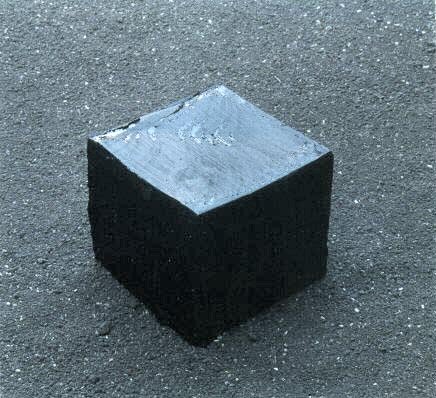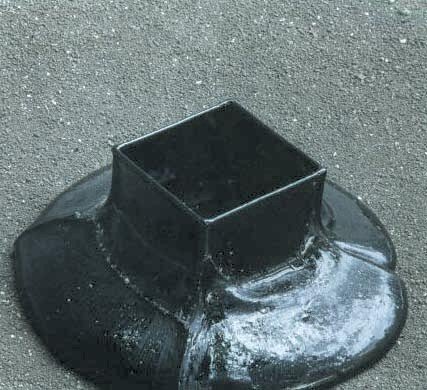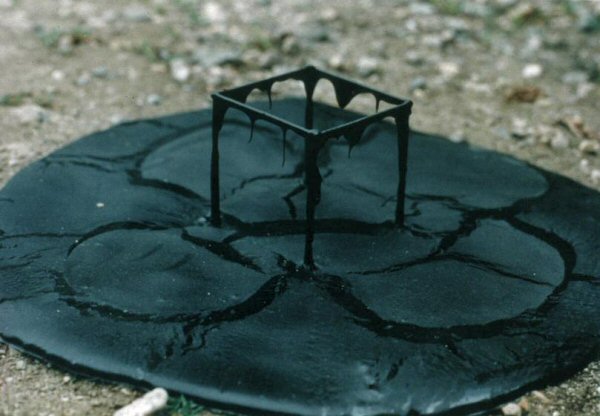Please wait a few moments while we process your request

Lorella Abenavoli
Le Souffle de la terre
(Paris, France)
Born in Paris in 1966, Abenavoli is a sculptor by training. At the heart of her work is a reflection on time's relationship with the visual arts. This interest was apparent from her first works, Bitume (Asphalt), 1991, and Bitume et Acier (Asphalt and Steel), 1995, in which a block of asphalt slowly transforms and liquefies, revealing a steel structure. Not only does time act upon the work, but we also witness movement in the material itself. The artist thus wrests the work free of any form/matter opposition; she is more interested in process than in finished states, exploring questions of perception and movement, and examining the shifting border between the perceptible and the imperceptible.
Her new acoustic sculpture, Le Souffle de la terre (Breath of the Earth), is the logical outcome of her artistic work to date; in it, she sets out to make the earth's vibrations audible to the human ear, giving form to what's intangible, "to what is, in fact, the intimate being of matter: its movement." For this purpose, she created SdT (Son de la Terre; Earth-Sound) software which enables her to transform the telluric waves of the earth into sound. Working closely with geophysicists and engineers, and drawing on new technologies, Abenavoli has explored the potential applications of SdT software. To start, electronic seismometers record the subtlest movements in the earth's crust, imperceptible to humans, which constitute, according to the artist: "a sort of rhythmic breathing caused by lunar and solar tides." These imperceptible movements are the material for her project. Using digital media, the artist then transfers these telluric waves into the audible dimension, moving them from infrasound to sound. Following experiments using this "material" and its expression, exploring the software's possibilities over a vast corpus of seismic signals, the artist worked on the aesthetic undertaking as such: designing a system for re-presentation which will let the sound-form deploy and propagate in a space. At its end, Abenavoli's project could result in a permanent work "that would enclose us, and inside of which we could experience the earth's breathing."
Her new acoustic sculpture, Le Souffle de la terre (Breath of the Earth), is the logical outcome of her artistic work to date; in it, she sets out to make the earth's vibrations audible to the human ear, giving form to what's intangible, "to what is, in fact, the intimate being of matter: its movement." For this purpose, she created SdT (Son de la Terre; Earth-Sound) software which enables her to transform the telluric waves of the earth into sound. Working closely with geophysicists and engineers, and drawing on new technologies, Abenavoli has explored the potential applications of SdT software. To start, electronic seismometers record the subtlest movements in the earth's crust, imperceptible to humans, which constitute, according to the artist: "a sort of rhythmic breathing caused by lunar and solar tides." These imperceptible movements are the material for her project. Using digital media, the artist then transfers these telluric waves into the audible dimension, moving them from infrasound to sound. Following experiments using this "material" and its expression, exploring the software's possibilities over a vast corpus of seismic signals, the artist worked on the aesthetic undertaking as such: designing a system for re-presentation which will let the sound-form deploy and propagate in a space. At its end, Abenavoli's project could result in a permanent work "that would enclose us, and inside of which we could experience the earth's breathing."
Jacques Perron © 2000 FDL








